It should not be overlooked that upgrading your toilet may not be at the top of your home improvement list, but it should be! There is often neglect of the necessity of a new, efficient toilet when either weak flushing, constant leaks or even high water bills are experienced. If your toilet is either outdated, inefficient or just does not suit your needs any longer then it is time to think about upgrading it.
Older toilets can lead to the wastage of a lot of water, be unhygienic and may even have cracks or wear on them. The new models, however, are created with advanced flushing technology, water conservation features and better convenience. Whether it is an old toilet that needs replacement, reducing the water bill or simply to have a cleaner and more efficient bathroom experience, new toilet installation is a wise decision.
In this guide, we will discuss why you should replace your toilet, including increasing efficiency, improving cleanliness, and increasing comfort. We will also show you a step by step process of how to replace a toilet, so you will be able to do it on your own. Come, let’s find out why you should change your toilet for the better for your home and the entire world!

Why Upgrade Your Toilet?
Aging and Wear
Toilets get old and start to wear out. Cracks can form, and parts inside the tank may break. This leads, to leaks that waste water and increase bills. The outside of the toilet might also show signs of age, like stains that are hard, to clean. Even a small leak over time can lead to significant water loss.
Inefficient Flushing
Toilets that don't flush well waste a lot of water. They can make you flush twice or more, to get rid of waste. This problem is not good for your bill or the environment. Changing an old, weak-flushing toilet with a new one helps save water and money. Knowing how to install a new toilet is a crucial step in upgrading, to a better flushing system.
A DIY toilet installation can fix this issue. New toilets have better technology for flushing. They use less water but work much better. With a good guide, how to install a new toilet by yourself is doable. You'll see the change in how well it flushes and in lower water bills too.
Hygiene Concerns
Old toilets can become a home, for germs and bad smells. New technology helps keep toilets cleaner. Some new models have features like UV sterilization and pre-wet functions, to fight bacteria better. Learning how to install a new toilet ensures your bathroom stays hygienic with the latest advancements.
High water use also means more chances for germs to grow. Newer toilets use less water but clean more effectively, improving hygiene in the bathroom.
High Water Consumption
After considering hygiene, think about how much water old toilets use. Old models can use a lot of water—up to 7 gallons per flush. This is bad, for the environment and your bills. Mastering how to install a new toilet allows you, to switch to a water-efficient model that benefits both your household and the planet.
New toilets save water and money. They use only 1.6 gallons per flush or even less with dual-flush systems. This change makes homes more eco-friendly.
Buying Guide for a New Toilet
Choosing the right toilet means looking at flushing types, bowl shapes, and heights. Single flush toilets have one flushing power. Dual flush ones offer two options, saving water. Round bowls fit small spaces well. Elongated bowls are more comfortable, for many people. Standard height toilets are good, for short folks. Comfort height is better, for tall people or those with mobility issues. If you're upgrading, knowing how to install a new toilet is essential.
Advanced features can make a big difference too. Soft-close lids stop slamming noises. Pre-wet bowls help prevent waste from sticking. Heated seats bring extra comfort in cold weather. Understanding how to install a new toilet means you can choose one with the best features for your needs.
Customized cleaning options like warm air drying and UV sterilization keep the toilet clean without harsh chemicals. Night lights make it easier to see in the dark, and MAP1000 rating shows strong flushing power.
Flushing Type
Single Flush
A single flush toilet uses one amount of water for every flush. This is simple and easy to use. It works well in homes where saving water is not the main concern. Most single flush toilets need about 1.6 gallons per flush. If you're replacing an old toilet, learning how to install a new toilet is key.
People like using them because they are less expensive than dual flush toilets. They have fewer parts inside, which means they break less often and are easier to fix. You save money on buying the toilet and on future repairs. With knowing how to install a new toilet, you can replace a broken toilet easily.
Dual Flush
Dual flush toilets allow the selection of a comprehensive flush, for solids and a lesser flush for liquids. This selection aids in preserving water. Typically, dual flush toilets consume up to 1.27 gallons, for a comprehensive flush and approximately 0.92 gallons, for a lesser one. This practice over duration can result in considerable savings on your water bill.
Individuals favor these toilets due to their eco-friendly qualities and economic benefits. Making wise decisions in your restroom can positively influence our earth and your budget.
Mastering how to install a new toilet is a great way to enhance both savings and sustainability.
Bowl Shape
Round Bowl
After talking about the shape of toilet bowls, let's look at round bowls. Round bowls are good, for small bathrooms. They take up less space than elongated bowls. This makes them a great choice if your bathroom is tight on room. Learning how to install a new toilet with a round bowl can be useful if space is limited.
Many people pick round bowls because they cost less too. You can save money and still get a quality toilet. If you have kids, a round bowl might be easier for them to use as well.
Elongated Bowl
Elongated bowls are longer than round ones. They give more room and comfort. Most adults find them better because they have more space. Elongated toilets offer extra comfort with a larger seating area. Knowing how to install a new toilet with an elongated bowl can be an upgrade, for both comfort and functionality.
Height
Standard Height
Moving from height options to specifics, standard height toilets are a common choice. They usually stand about 15 inches from floor to seat. This height works well, for kids and shorter adults. Many homes have these because they fit a wide range of users.
Comfort height toilets, on the other hand, are a bit taller. They measure around 17 to 19 inches from floor to seat. These are better for tall people and those who find it hard to sit down or stand up. It's like sitting on a regular chair.
Comfort Height
Comfort height toilets are taller than standard ones. They stand 17 to 19 inches from floor to seat. This is like chair height, making it easier to sit down and get up. People with mobility issues find this height helpful. Many homes now choose comfort height toilets for their bathrooms.
These toilets use less water too. Some models have powerful flushing but save water. This mix of comfort and efficiency makes them popular in home improvement projects.
Advanced Features
Soft-Close Lid
Soft-close lids are special because they shut slowly and quietly. You won't have, to worry about the loud noise of a toilet lid slamming down anymore. This feature is great, for keeping the peace in your house, especially at night. It also makes sure the lid doesn't wear out too quickly from being dropped. A soft-close toilet lid brings quiet and durability to any bathroom.
Pre-wet
Pre-wet is a feature on some new toilets. It makes the bowl wet before you use it. This helps waste go down easier after flushing, and keeps the bowl cleaner. With pre-wet, you don't have to clean the toilet as often.
Toilets with this feature use a small amount of water to coat the bowl. This uses less water over time than cleaning often does. So, it saves water too. Pre-wet can be found in advanced toilets that aim for better hygiene and efficiency.
Heated Seat
This feature keeps the toilet seat warm. It's great, for cold days. You can adjust how warm you want it. Some models even let you set a timer. Heated seats make bathrooms more comfortable in winter. No more cold surprises in the middle of the night! Plus, they use a little electricity but offer a lot of comfort.
Customized Cleaning Options
Modern toilets offer customized cleaning options to enhance hygiene and comfort. Many HOROW smart toilets feature adjustable water pressure, temperature control, and different spray modes, for a personalized cleansing experience. Some models also include a self-cleaning nozzle to maintain optimal hygiene. These options ensure a more thorough and comfortable cleaning process compared, to traditional toilet paper, making them an excellent choice, for improved personal care.
Warm Air Drying
Warm air drying is a feature in some new toilets. It uses warm air, to dry you after you use the toilet. This means you don't need, to use toilet paper. The feature can be found in advanced toilets, including those from brands like HOROW.
These toilets have buttons or sensors that start the warm air when you are done. They are good for people who want to stay clean and save on toilet paper. The system works by blowing gentle, warm air. It makes going to the bathroom more comfy and hygienic. Plus, it's better for the environment because it cuts down on paper waste. People choose these modern toilets for their homes because they offer extra comfort and care during use.
UV Sterilization
UV sterilization uses UV light, to kill germs on the toilet. This feature helps keep the bathroom clean. Some new toilets come with this advanced option. It works by shining UV light in the bowl after each use.This process takes a few minutes but makes sure your toilet is germ-free.
This kind of sterilization is good for hygiene. It stops bacteria and viruses without chemicals. If you pick a toilet with UV sterilization, you add an extra layer of cleanliness to your bathroom.
Night Light
A night light in a toilet is a small light inside the bowl or under the seat. It helps you see without turning on bright lights at night. This feature makes going to the bathroom easier and safer in the dark.
Some toilets come with this built-in. You can also buy it separately and add it to your toilet.
This little light can change colors, too. Many people like this because it adds a fun touch to their bathroom. Plus, it helps kids feel more comfortable when they get up at night to use the bathroom.
MAP1000
MAP1000 is a score for toilet flushing power. A higher score means the toilet flushes better. This score helps you choose a strong-flushing toilet. Toilets with a MAP1000 rating can remove 1,000 grams of waste in one flush. That's about 2 pounds! These toilets save water and clean the bowl well. Look for this rating when buying a new toilet for good performance.

How to Install a New Toilet: A Step-by-Step Guide
Preparation
Get ready to install your new toilet by first turning off the water. Find the valve near your toilet and twist it to stop the flow.
Gather all tools and materials you'll need for this DIY project. This includes a wax ring, adjustable wrench, screwdriver, level, hacksaw, and putty knife. Also, make sure you have your new toilet close by.
Removing the Old Toilet
Flush it to drain the water from both the bowl and tank. Use a sponge or towel to soak up any left water in the tank or bowl. Unscrew the nuts that fix the toilet base to the floor.
Carefully lift and move the old toilet away from its spot.
Remove old wax ring with a putty knife, it's under where you just removed your toilet. Check if there is any damage on the flange—the piece where your toilet was connected to pipes in the floor. Replace it if needed before installing a new toilet.
Installing the New Toilet
Now that the old toilet is out, it's time to put in the new one. Start by placing a new wax ring on the flange. This seal keeps water from leaking when you flush. Next, gently set the toilet base over the bolts sticking up from the floor. Press down firmly so the wax ring spreads and seals well. Understanding how to install a new toilet properly ensures there are no leaks.
Tighten nuts onto these bolts to hold your toilet in place, but don't make them too tight or you might crack the base. Connect the water supply line back to the fill valve at the bottom of your tank and turn on your water valve to fill it up.
Final Adjustments
After installing the new toilet, check all connections. Make sure the water supply line is tight and secure. If you see leaks, tighten them a bit more. Then, turn on the water valve to fill the tank.
Watch for any water escaping where it shouldn't. Flush your toilet several times to ensure everything works right. Look around the base of your toilet. Use caulk to seal any gaps between the floor and toilet base. This keeps it stable and stops moisture from getting under it. Adjusting the seat might be necessary too so that it sits evenly on top of the bowl.
With these final touches, your DIY toilet installation wraps up nicely.
How soon after I install a new toilet can I use it?
If you used a wax ring
After knowing how to install a new toilet, the next step is making sure everything is sealed right. If you used a wax ring under the new toilet, this seal is super important. The wax ring makes sure water doesn't leak from under your toilet. You need to put the toilet in place carefully on top of the wax ring and press down to make a good seal.
Wait for about 24 hours before using the toilet if you can. This gives time for everything to set properly. Don't move or shake the toilet during this time. If it's not lined up just right on the first try, pick it up and start again. Once it's set, don't worry, that wax seal will keep things tight and stop leaks for years.
If you applied caulk around the base
Moving from sealing with a wax ring, to applying caulk around the base, there are some key points to note. Caulk helps secure the toilet, to the floor and prevents water from leaking underneath.
It's important to let it dry completely before using the toilet. This usually takes about 24 hours.
To make sure your DIY toilet installation is successful, apply a thin bead of caulk around the base after you have placed the toilet onto the flange and pressed down firmly. Smooth out the caulk with a finger or tool, for a clean finish. Check it after a few hours to ensure it's setting properly without gaps or bubbles.
For toilets with tank-based flushing
Toilets that use tanks for flushing require water to refill the tank before you can flush them properly after setting up your toilet bowl. Make sure to inspect if the water valve is open as it allows water to flow, into the tank once opened. Once done with that step wait a bit for the tank to fill up which might take a minute, then proceed to test out the flushing mechanism to ensure it's functioning correctly and smoothly.
If you encounter a flushing problem, in your system take a look, inside the tank to check if all components are properly connected and functioning smoothly. Sometimes minor adjustments can resolve issues without requiring assistance.
Why Choose HOROW Toilets?
Traditional Toilets
8733N

The HOROW 8733N toilet offers significant advantages when considering how to install a new toilet. Its plumber-friendly design includes two large installation access points, making the process smoother and quicker. The package includes all necessary components along, with a clear installation guide, simplifying the installation, for both professionals and DIY enthusiasts.
Additionally, the compact 12-inch rough-in design makes it an ideal choice, for small bathrooms or apartments. With a space-saving and efficient structure, the 8733N combines ease, of installation, with water-saving features, making it a practical solution, for modern homes.
T0338W-G

The HOROW T0338W-G toilet offers an easy solution, for those wondering how to install a new toilet. Its simplified installation process features two large side openings, making it easier, for plumbers or DIY installers, to set up. Additionally, the accompanying video explanations further enhance the installation experience, ensuring a smooth setup.
Its design prioritizes efficiency and comfort, with an ADA height 17.3" seat and a soft-closing PP seat, adding to the convenience during installation. The water-saving dual flush system also ensures that the toilet is both practical and eco-friendly, without compromising, on performance.
Smart Toilets
T05

The HOROW T05 smart toilet stands out when considering how to install a new toilet due, to its effortless installation process. Its one-piece design simplifies the setup, reducing the need, for complicated plumbing work. The included remote control allows for easy operation once installed, offering a smooth transition into using the toilet’s advanced features.
Additionally, the T05’s automatic functions, such as the lid opening/closing and the multi-function flushing system, further enhance its user-friendly nature, making it an excellent choice for those looking for convenience alongside an easy installation experience.
T38P

The HOROW T38P smart toilet stands out when considering how to install a new toilet because of its innovative built-in water tank and user-friendly design. The integrated tank ensures reliable flushing even in homes with low water pressure, simplifying the installation process by eliminating the need, for external water tank connections.
Additionally, the toilet’s ADA-compliant seating and hands-free features, such as the automatic opening/closing lid, enhance convenience, making installation smoother and more accessible for all users, including those with mobility challenges. This combination of ease and functionality sets it apart from other models.
FAQ
1. What are the basic steps to install a new toilet?
First, remove the old toilet if there's one. Next, prepare the flange on the floor and set your new bowl in place. Attach it securely, then add the tank and connect it to the water supply. Finally, check for leaks.
2. Do I need special tools to install a new toilet?
No, you don't need any specific tools. A wrench or pliers will do just fine for most of the work—tightening bolts and connecting pipes.
3. How long does it take to install a new toilet?
Well, this depends on your experience level. If you're handy with tools, installation can be done within an hour or two.
4. What should I do if my newly installed toilet is leaking?
First things first—stay calm. Assess the source of the leak carefully. It might just require a bit of sealant around the base or tightening up a bolt in a specific area.

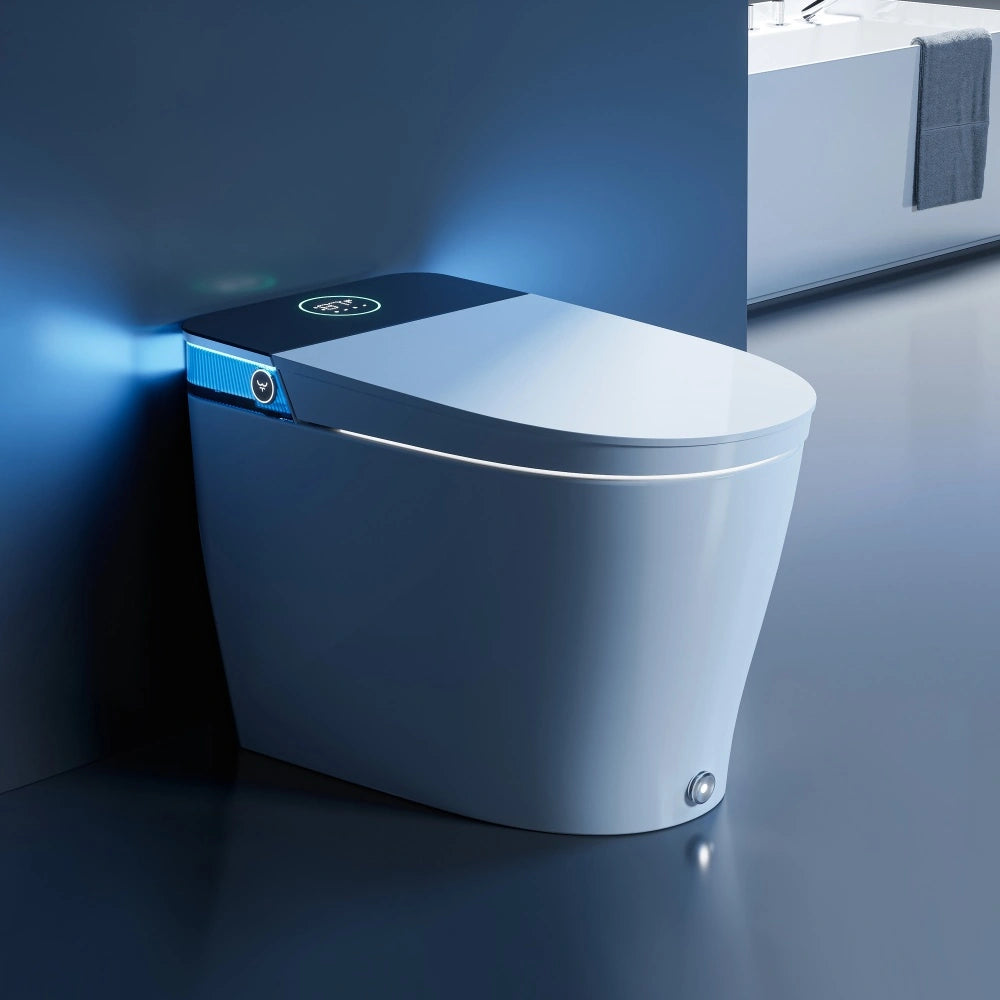
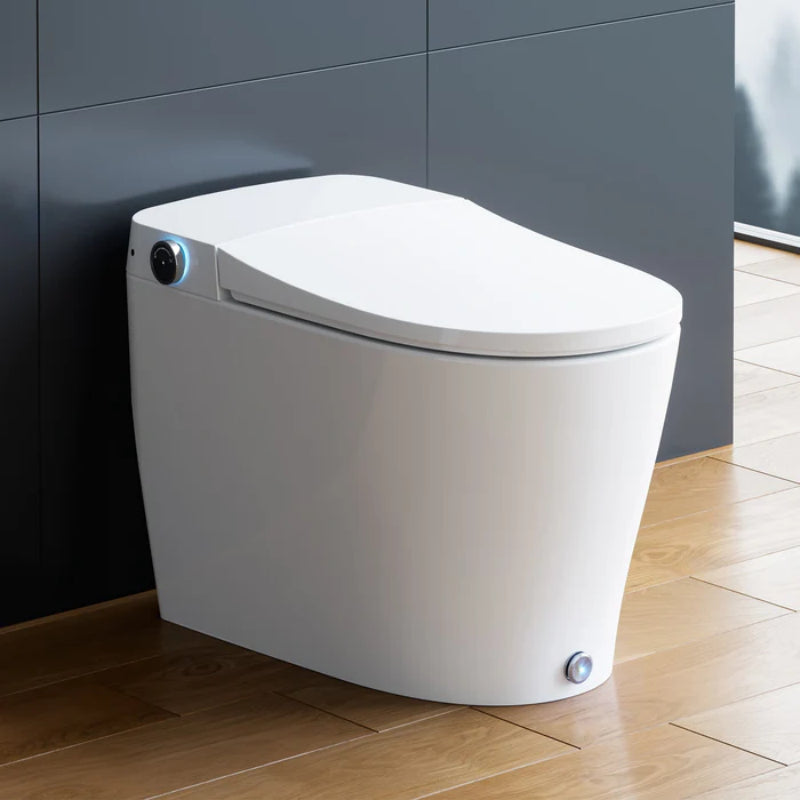
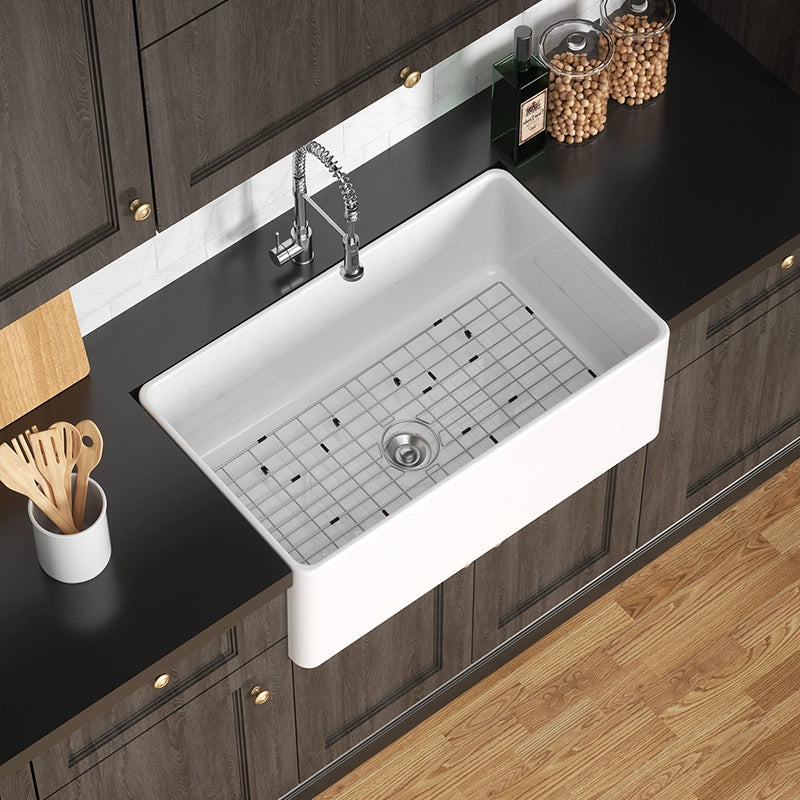
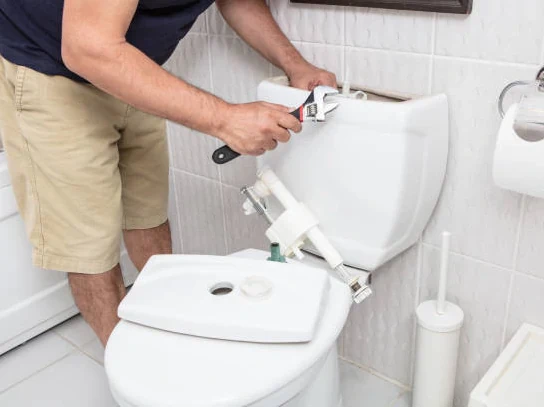
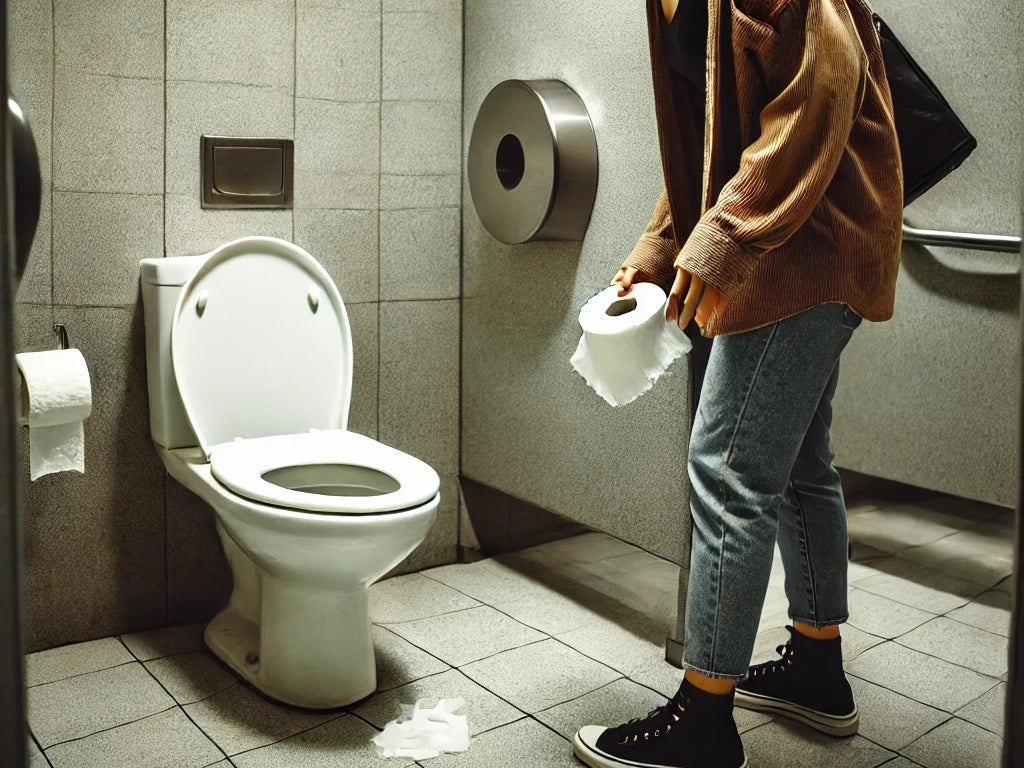


Leave a comment
This site is protected by hCaptcha and the hCaptcha Privacy Policy and Terms of Service apply.